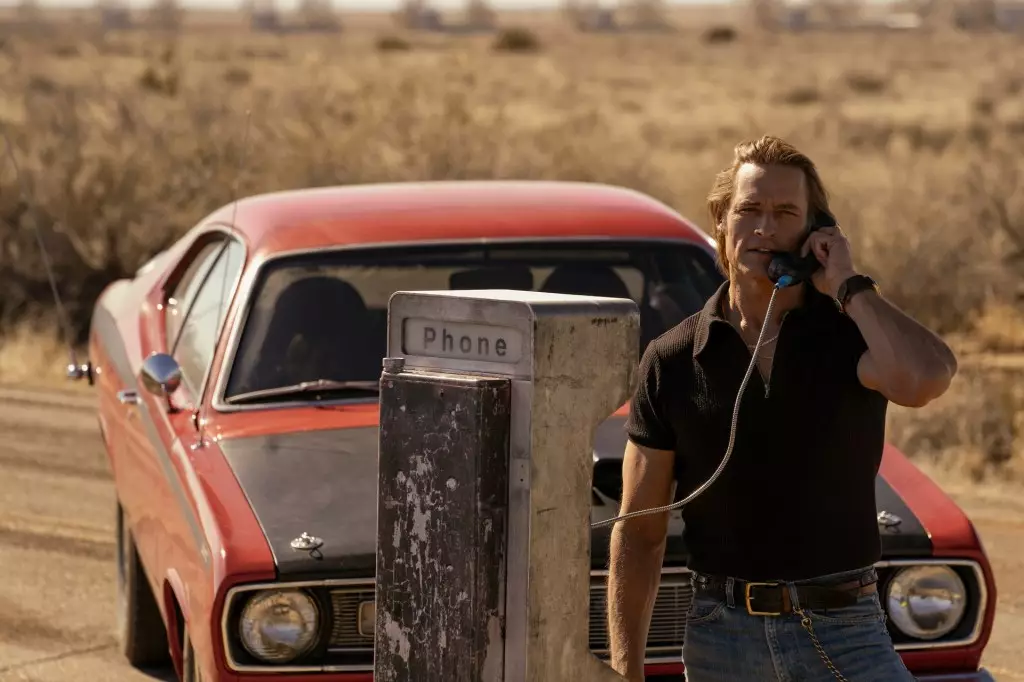In the world of television, critical acclaim is often regarded as a sign of a show’s quality and potential longevity. However, the recent cancellation of HBO Max’s *Duster* starkly reveals that critical praise alone cannot secure a show’s survival. Despite averaging an impressive 92% among critics and 83% from viewers on Rotten Tomatoes, the series struggled to find a broad audience and failed to thrive in the competitive streaming landscape. This mismatch between reassured quality and actual viewership results highlights a concerning trend: excellence on the page or screen does not necessarily translate to consumer engagement.
From the outset, *Duster* appeared to be a calculated bet — a crime drama set in the gritty 1970s, featuring star power like Josh Holloway and a compelling premise centered around diverse protagonists fighting crime in an era defined by chaos. Yet, despite the creative pedigree of J.J. Abrams and LaToya Morgan, the series faltered with viewers. If anything, it exposes the gap between critical favor and viewer retention. This disconnect prompts us to question whether production quality, talented casts, or intriguing storylines are sufficient to cut through the noise in the crowded streaming environment, where instant gratification and bingeability reign supreme.
The Consumer’s Voice Is More Demanding Than Ever
Streaming services are increasingly demanding in their metrics for success. Rankings on Nielsen and Luminate’s charts have become the modern standards for gauging a show’s reach. Here lies a crucial point: *Duster* struggled to breach these thresholds, especially in the talent-heavy world of Original streaming content. Despite still being in the daily Top 10 on HBO Max and maintaining high critic scores, the show failed to attract the mass audiences necessary to warrant continuation.
This indicates a troubling reality for creators and studios alike — producing a critically acclaimed show is not enough. Audiences are fickle, and their willingness to commit time to a new series hinges on factors such as marketing, timing, competition, and even network trust. As such, *Duster’s* modest streaming performance reveals that a high-quality product is insufficient without strategic audience engagement efforts. The series’ inability to make it into Nielsen’s Top 10 underscores how difficult it is to convert critical praise into consistent viewer loyalty in today’s competitive universe of streaming options.
Strategic Failures and Market Realities
In analyzing why *Duster* did not continue, it is essential to recognize the broader industry dynamics at play. Warner Bros. and HBO Max’s decision not to renew was based on more than just viewer numbers; it’s an acknowledgment of the brutal metrics-driven environment of streaming platforms, which prioritize scale and retention. Despite the show coming from a reputable studio and receiving prestigious branding, it evidently did not meet that invisible threshold for sustainability.
Furthermore, the show’s producers and Warner Bros. reportedly attempted to shop *Duster* elsewhere, but those efforts failed. This illustrates how the industry leverages multiple avenues to salvage projects, yet sometimes they fall short, especially if the series does not generate enough immediate interest. The inability to find a new home underscores how even quality productions are at the mercy of market forces and timing. This is also exacerbated by the fact that key cast members’ options expired early on, possibly limiting the show’s ability to capitalize on star-driven marketing or audience loyalty.
Lessons in Passion and Practicality
The story of *Duster* underscores an enduring truth about television: passion and expertise are vital, but they alone are not enough. Creators like Abrams and Morgan are known for their innovative storytelling and captivating characters, yet their efforts did not translate into strong viewer support for this particular series. The industry’s increasingly data-driven nature means that even the most ambitious projects require more than good writing and talented casts — they need robust marketing, audience-building strategies, and timing that aligns with viewer interests.
Perhaps most importantly, the decline of *Duster* shows that the era of the auteur or creator-led project securing long-term success is waning. Studios now operate with a pragmatic eye on data and audience habits. If the initial fan base is not large enough or does not grow rapidly, even a series with high critic scores risks cancellation.
Ultimately, the fate of *Duster* exemplifies the harsh realities faced by many high-quality series: critical success does not automatically translate into commercial success. In a market obsessed with instant engagement, the challenge remains to bridge the gap between excellence and mass appeal — a task that, as this series demonstrates, is often more difficult than it appears.

